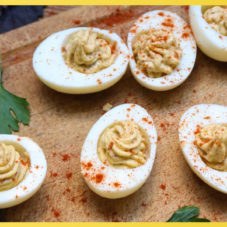Getting into ketosis – and maintaining this metabolic state – is the holy grail for keto dieters. But just like most things in life, the journey toward ketosis is far from easy. I’m not saying this to discourage you, but rather to prepare you for what lies ahead. There are no shortcuts, but there are several proven tips (and shopping lists) that can help you to get into ketosis in a short period of time!
Table of Contents
But What Exactly is Ketosis?
To illustrate what ketosis is, I need to demonstrate what a typical diet looks like. So, for a lot of people, their staple foods will normally include any of the following: rice, wheat, potato, corn, cassava, or sweet potato.
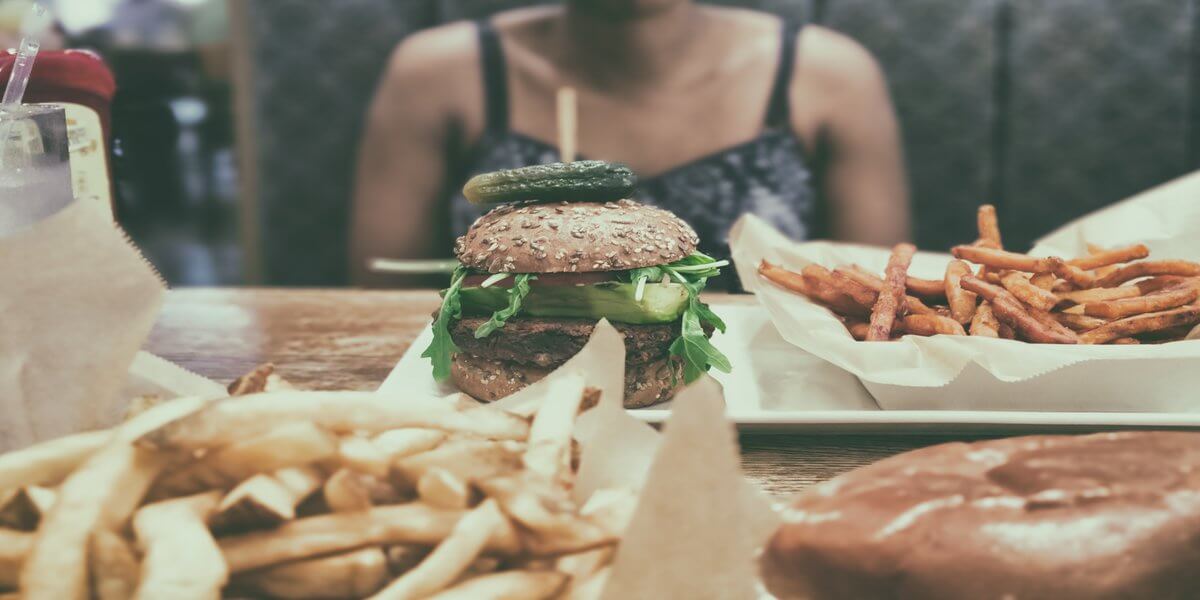
You know what’s common among all these foods? They’re all rich in carbohydrates (or carbs for short)! Now, in a carb-rich diet, the body converts the carbs to glucose for use as an energy source.
To get into ketosis, your body needs to transition from using glucose to ketones (produced by breaking down fat). To activate this metabolic state, your body needs to burn through its stored glucose supply first. Once the glucose is all used up, your body is now forced to use fat as an energy source. When this happens, congratulations are in order. You’re now officially in ketosis!
It’s such a simple concept really – get your body to burn fat instead of carbs and you’ll finally achieve that slim, fit physique you’ve been dreaming of! But, of course, keto is not just about weight loss.
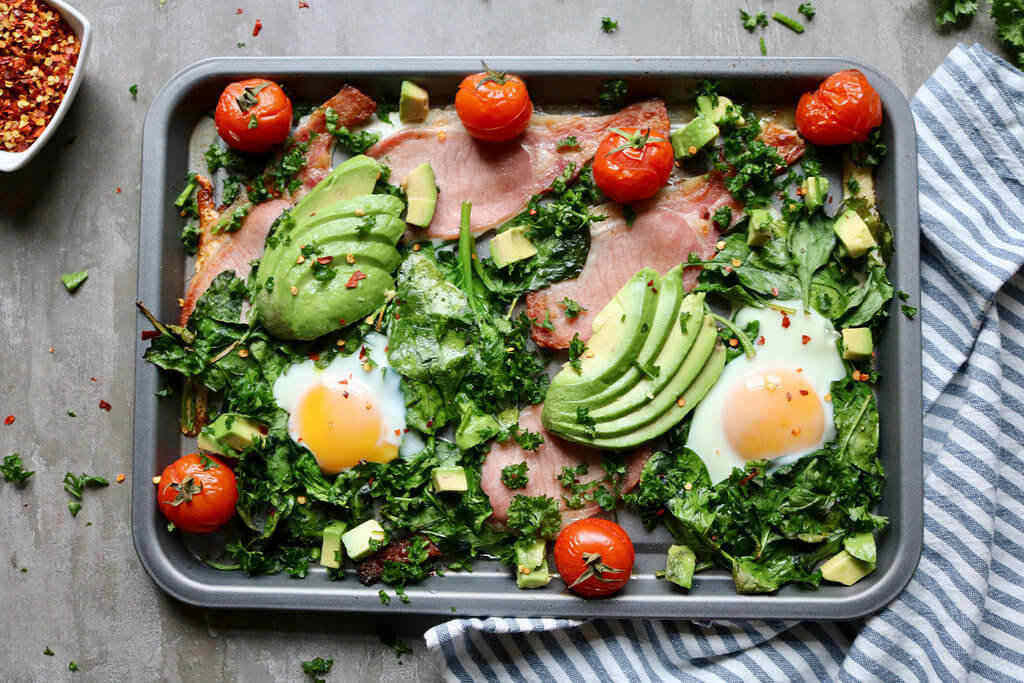
Achieving this metabolic state also comes with significant life improvements. Here are some notable benefits:
- It can help suppress appetite
- It can give you more energy throughout the day
- It may offer cognitive and neuroprotective benefits
- It may improve heart health
- It can help to reduce the risk of type 2 diabetes
Sounds exciting, right? Unfortunately, getting into ketosis is easier said than done. The ketogenic diet does have solid science behind it, but knowing how to get into ketosis is another matter altogether.
Here’s What You Need To Do If You Can’t Get Into Ketosis
If you diligently follow all of the tips below, you should find yourself in ketosis in a few days. Of course, you won’t be able to pinpoint the exact moment you reach this state. There are several factors that affect how fast you enter ketosis like age, macronutrient intake, and physical activity levels.
That said, here are several proven techniques to help you get into ketosis quickly:
Tip #1: Minimize carb consumption
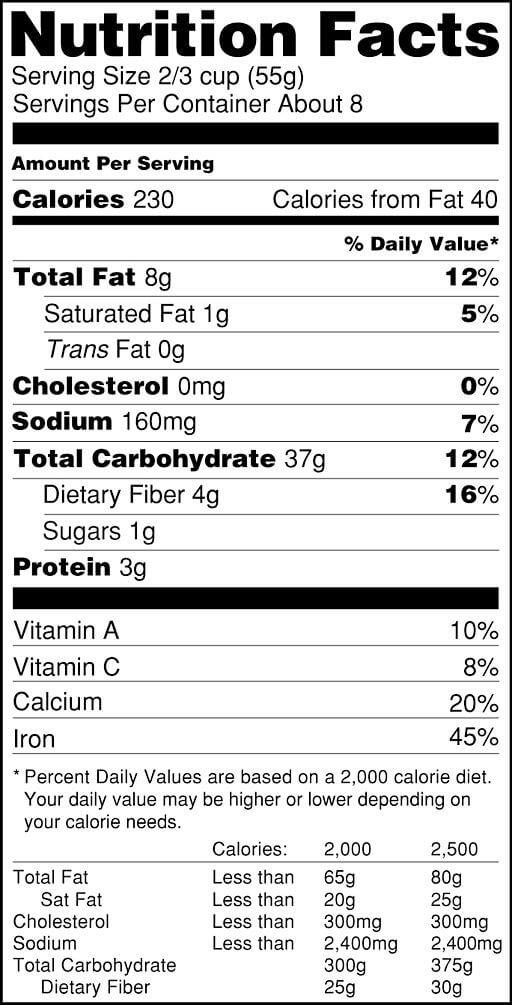
But what exactly are net carbs? Here’s the formula:
Carbs are a keto dieter’s biggest enemy, which is quite understandable as it’s hard to live without carbs if you’ve been eating carb-rich foods your entire life! Fortunately, you don’t need to quit cold turkey. You can still eat a limited amount of carbs – just limit your net carb intake to 20-50g per day.
Net Carbs = Total Carbs – Dietary Fiber
If you check nutrition labels on food packages, you’ll notice there’s a line for dietary fiber, right below total carbohydrates. In the example above, you can calculate net carbs as total carbs (37g) – dietary fiber (4g) = 33g net carbs.
We subtract dietary fiber from total carbohydrates because your body can’t digest insoluble fiber. Another type of fiber (soluble) binds to the end products of food metabolism, ultimately being removed from your body instead of absorbed. Basically, fiber doesn’t end up as glucose, which means it won’t affect ketosis.
As you might guess, sugary drinks are also off the menu for keto dieters. Say goodbye to fruit juices, sodas, and bubble tea if you’re into those. Fortunately, coffee and tea are still keto-friendly as long as you lay off the sugar.
Tip #2: Add more nutritious fats to your diet

If carbs are keto’s number one enemy, then fat is its best friend! You see, ketosis requires a substantial amount of fat to burn for fuel. To provide enough energy for all of your body’s functions, it’s essential to choose nutrient-rich fats. To get into ketosis – and stay there – the majority (about 70% of calories) of your diet should be from fat.
Here are some options for keto-friendly nutrient-dense fats:
- Plant oils (coconut, olive, flaxseed, sunflower, avocado)
- Avocados
- Nuts (almonds, pecans, cashews, pistachios, walnuts)
- Seeds (chia, flax, hemp)
- Animal fats (eggs, butter, cheese)
- Fatty fish (salmon and tuna)
Tip #3: Stay away from trans fats
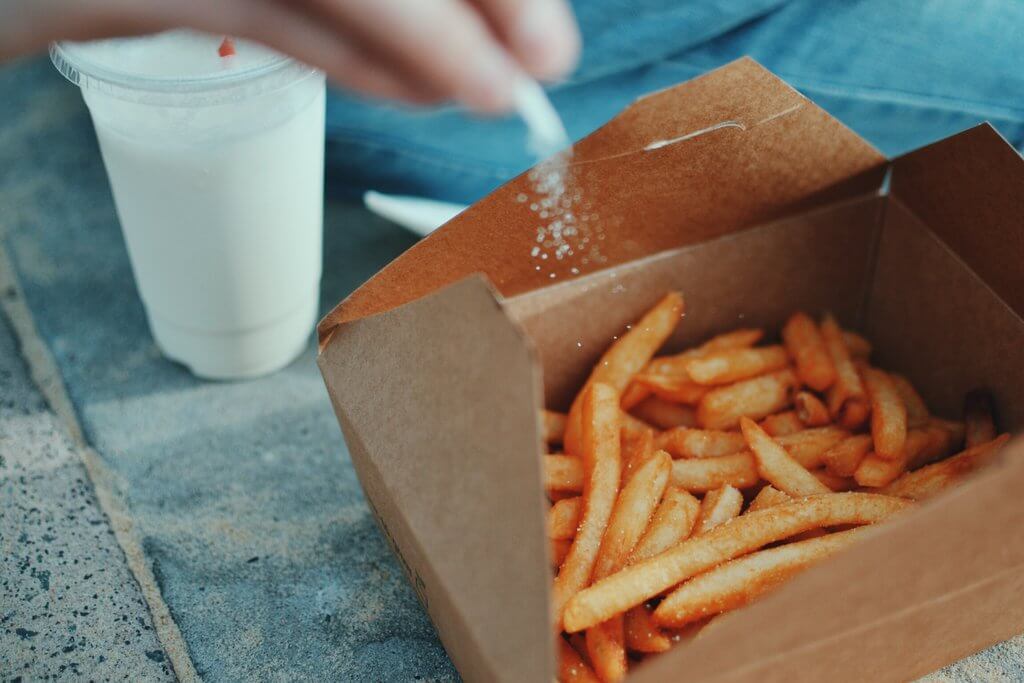
Consider trans fats as keto’s number-2 enemy, as this type of fat isn’t beneficial to your health. You’ll always find a section for trans fat on nutrition labels (it is required by the FDA), so if you see something other than a zero there, run in the opposite direction!
However, it’s not quite as simple as that. Despite most manufacturers removing trans fats entirely or minimizing them, trans fats are still present in many processed foods (especially those containing hydrogenated oils). According to the US FDA’s Food Labeling Guide, if a serving contains less than 0.5g (or less than 500mg) of trans fat it should be labeled as “0g”. This means that while the label may say 0g trans fat, in reality the food may have up to 500mg of trans fat.
Technically, these manufacturers are telling the truth, but it can be a little misleading. In plain English, this means that each serving does not contain a significant amount of trans fat, but if you do the math, those milligrams of trans fat eventually add up!
So, how do you make sure you’re keeping trans fats out of your diet? Stay away from processed foods, especially processed meats and fried foods. It’s that simple!
Tip #4: Eat a moderate amount of protein

It’s easy to go overboard on protein when you’re carb-deprived. It seems like the next best thing, right? Well, not entirely. Protein is a far second to fats in the keto diet hierarchy, and your protein intake shouldn’t be more than 30% of your daily calories.
Why? Well, there’s a metabolic process called gluconeogenesis that occurs when you are short on carbs but have excess stored protein in your body. This unneeded protein is ultimately converted into glucose (NOT ketones!), so when this happens, you won’t be able to get into (or stay in) ketosis. Your best bet is just to limit protein to 30% of your food intake if you don’t want to say this tongue-twisting word out loud!
Tip #5: Exercise!

You might have heard tales about keto dieters losing weight without exercising. Nope, it’s not fake news. It’s really true! This is why keto is so popular – many people literally lose weight by eating fats and not moving much at all! Of course, there’s fine print associated with achieving this, but if you follow only tips 1 to 4, you should still manage to lose some weight.
Don’t cancel your gym membership just yet! There are a ton of benefits to living a healthy, active lifestyle. In fact, just 10 minutes of exercise each day can go a long way toward speeding up your goal of entering ketosis!
Here’s the caveat though: When you’re new to keto, your body is still adjusting to its new energy source (ketones instead of glucose), so don’t push yourself too hard. Give it a few weeks for your body to adjust to using ketones for energy, and you’ll feel much more prepared to work out!
Tip #6: Consider intermittent fasting (IF)
With higher fat content in your diet, you’ll likely find that you feel fuller longer, reducing your desire to snack throughout the day. You’ll still feel hungry at times, of course, but it probably won’t be as frequent as when you were still eating tons of carbs.
Many people find that doing IF together with keto helps them get into ketosis much faster. The most common (beginner-friendly!) method is the 16:8 method where you fast for 16 hours and eat for 8 hours (not continuously, of course).
This means eating 2 or 3 meals within your 8-hour eating window. So, for example, you can fast from 6pm until 10am the following day, and eat your meals between 10am and 6pm. Lots of people find that this is actually pretty close to their normal meal pattern!For this IF-keto combo to work well, make sure that your last meal of the day is high in fat so you don’t feel hungry during your 16-hour fast. The last thing you want to do is grab a midnight snack because your hunger overpowered you!
4 Signs That Tell You’re Finally In Ketosis
Now that you know how to get into ketosis, you’re probably wondering how you can tell when you’ve successfully transitioned to this metabolic state.
1. Test for ketones
There are a few ways you can check for ketones – urine, breath and blood testing. Here’s a quick summary of each:
| Blood test | Breath test | Urine test | |
| Price | Expensive | Affordable | Affordable |
| Accuracy | Most accurate | More accurate than urine | Least accurate |
| Measures | BHB (beta-hydroxybutyrate) in blood | Acetone in breath | Acetoacetate in urine |
As you can see, blood testing is the most effective way by far to determine if you’re in ketosis. It is more expensive and you do need to prick yourself to get a drop of blood, but it’s certainly worth it!
2. Weight loss
If you notice your clothes starting to get a bit loose, then your keto diet is working. Rapid weight loss occurs during the first week or so as your body uses its stored carbs and sheds water weight. Don’t get complacent during this time, though. For long-term weight loss, it’s important to stick to the keto ratio of 70% fat, 25% protein, and 5% carbs. If you start slacking off because the scale keeps dropping, you might find yourself out of ketosis sooner rather than later.
3. Keto breath
With elevated ketone levels (particularly acetone), you may notice your breath smelling a bit sour. No matter how often you brush your teeth, the smell just won’t go away. Well, rejoice because this funky smell means you’re finally in a state of ketosis! Fortunately, the smell isn’t going to last forever. Once your body adjusts to ketosis, the smell will eventually go away on its own.
4. Keto flu
Switching over from glucose to ketones can cause your body to experience quite a few short-term side effects. These may include headaches, fatigue, stomach issues, low energy, brain “fog”, and generally feeling lousy. This doesn’t happen to everyone, but many people say they’ve experienced this so-called flu. Fortunately, these symptoms clear up once your body adapts to its new energy source.
Final Words
Ready to start your journey toward ketosis? I bet you’re excited! Follow the tips we’ve shared here to get into ketosis quickly and reap its health benefits!
💬 Something on your mind? Share your thoughts in the comments. We love hearing from curious minds.
📩 And while you’re here, join our newsletter for more smart stuff (and secret perks)!





